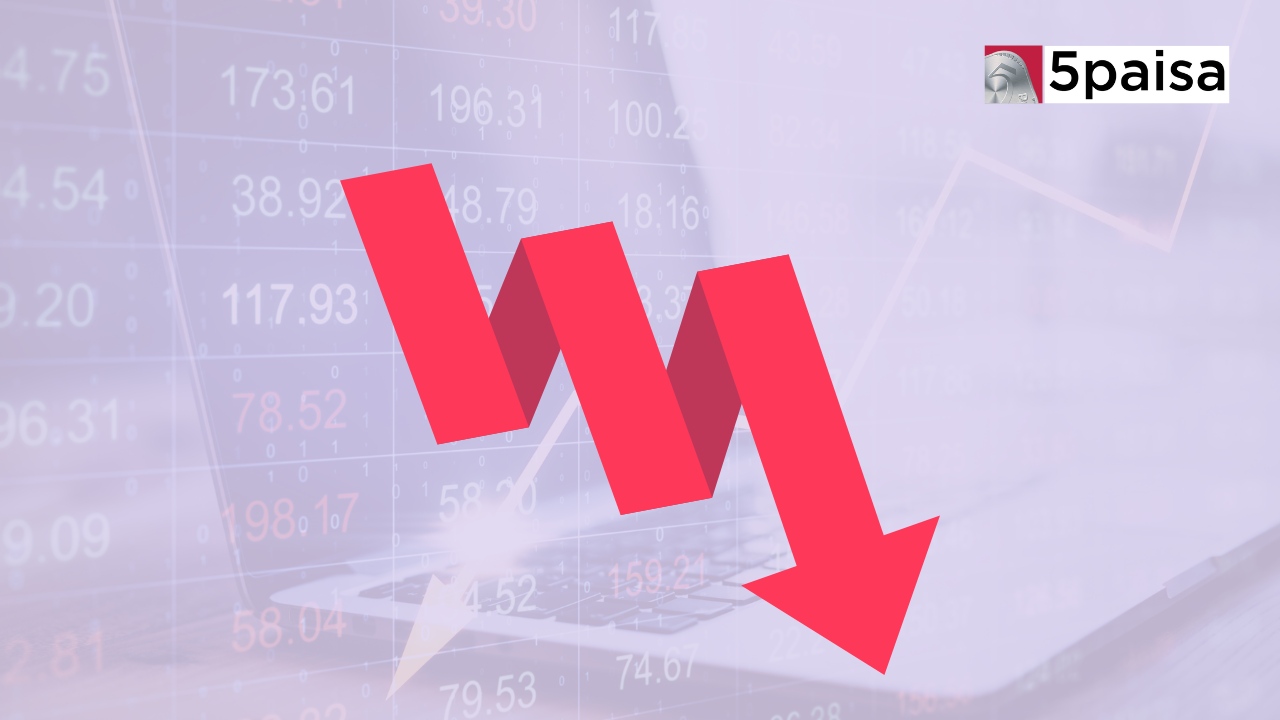Are Peak Margin Norms Serving their Purpose?

Last Updated: 24th August 2023 - 12:15 pm
Peak margin norms were implemented in totality with effect from September 1, 2021. Two and a half months down the line, we deep dive into the causes and effects of this move, and provide some suggestions for the future.
What are peak margin norms?
Aimed at curbing speculative trading and restricting leverages offered by stockbrokers to their clients, peak margin norms were first implemented in December 2020. As per these norms, traders need to give 100% margin upfront for their trades. This is in stark contrast with the earlier practice of collecting margin at the end of the day.
Peak margin is calculated on the basis of the highest margin utilized by the client during the day. The stock exchange takes four snapshots of margin utilization of client during the day and the broker has to collect the highest margin utilized from the client.
These norms have been implemented in a gradual manner starting December 2020 when 25% upfront margin was introduced. In the second and third phases, this metric was increased to 50% and 75%, respectively.
The final leg came into effect from September 1, 2021 wherein stockbrokers face a penalty (of 0.5% to 5%), if margins collected from traders is less than 100% of trade value in the case of cash market stocks and an additional SPAN + Exposure for derivatives trade.
Why were peak margin norms introduced?
Primary objective of peak margin norms is to curb speculative trading and restrict leverages offered by stockbrokers to their clients. Earlier, margins could reach upto 30-40 times. Simply put, a client having ₹10,000 as margin was able to place a trade worth ₹4 lakh.
This in turn had a multiplier effect, exposing clients to higher risks of losses during volatile markets and the brokers to higher future bad debts. With peak margin norms in place, clients have to pay margin money upfront for intraday trades, limiting the potential losses.
Check - Peak Margins Norms from 1st September
What has been the impact so far?
After announcement of new norms, there were widespread concerns that intra-day trade will be impacted adversely. This is because, traders are required to set aside more cash towards fulfilling margin requirements for trade. Also, trading in futures and options (F&O) could become more expensive. Has this theory played out?
Let us understand in detail. Since April 2020 till date, Nifty50, Nifty Midcap 50 and Nifty Smallcap 50 indices have given handsome returns. This upward wave also applies to the last 12 months, wherein Nifty50, Nifty Midcap 50 and Nifty Smallcap 50 rallied by about 50%, 60% and 90%, respectively.

Historically, during bull markets, most retail customers trade in cash markets staying clear of high speculations in the derivatives segment. Ideally, implementation of the peak margin norms should have curbed derivatives turnover to an extent, and should not have had impacted the cash market turnover.
However, the chart tells a different tale. Average Daily Turnover (ADTO) in the derivatives segment has headed north consistently. And despite the market being euphoric, the cash market turnover has remained volatile.
Statistically speaking, ADTO in the derivatives segment have surged 5.37 times between April 2020 and October 2021; while those in the cash segment have risen just by 1.43 times in the same time frame.
What do we suggest?
Healthy volumes in cash market are a pre-requisite for markets owing to several reasons. First, cash market is less risky when it comes to intraday trade, owing to its smaller size relative to the derivatives segment. The minimum lot size in derivatives is approximately between ₹5 lakh to ₹10 lakh.
Second, intraday volumes in the cash market provide much-needed liquidity for larger delivery trades. It provides depth in the market for any institutional buying, or any other high volume buying in delivery. A low exchange volume pulls out that liquidity from the system. Lack of liquidity has a direct impact on the buying and selling of large volumes which is detrimental to growth.
If the cash market turnover remains stagnated even in a bull market, the impact could aggravate during the downturn.
While peak margin norms are a step in the right direction, they have not achieved the intended outcome. In this scenario, SEBI along with the stock exchanges should relook at the exposure being provided in the cash segment vis-à-vis that in the derivatives segment.
Regulators have several options including:
A) Reducing the margins for intraday in the cash segment and keeping a differential margin for cash and derivatives.
B) Increasing the allowed limit for trading from 1 to 1.5 or 2 times of margin in cash and keeping the derivatives at 1 time only.
Staying true to the idea of curbing speculation, above measures could still maintain liquidity in the system and keep a tab on the risks. Overall, regulators have to walk a tight rope to balance the risks without hurting growth and liquidity of the markets.
Also Read:
- Flat ₹20 Brokerage
- Next-gen Trading
- Advance Charting
- Actionable Ideas
Trending on 5paisa
Business and Economy Related Articles
Disclaimer: Investment in securities market are subject to market risks, read all the related documents carefully before investing. For detailed disclaimer please Click here.
 5paisa Research Team
5paisa Research Team
 Sachin Gupta
Sachin Gupta




